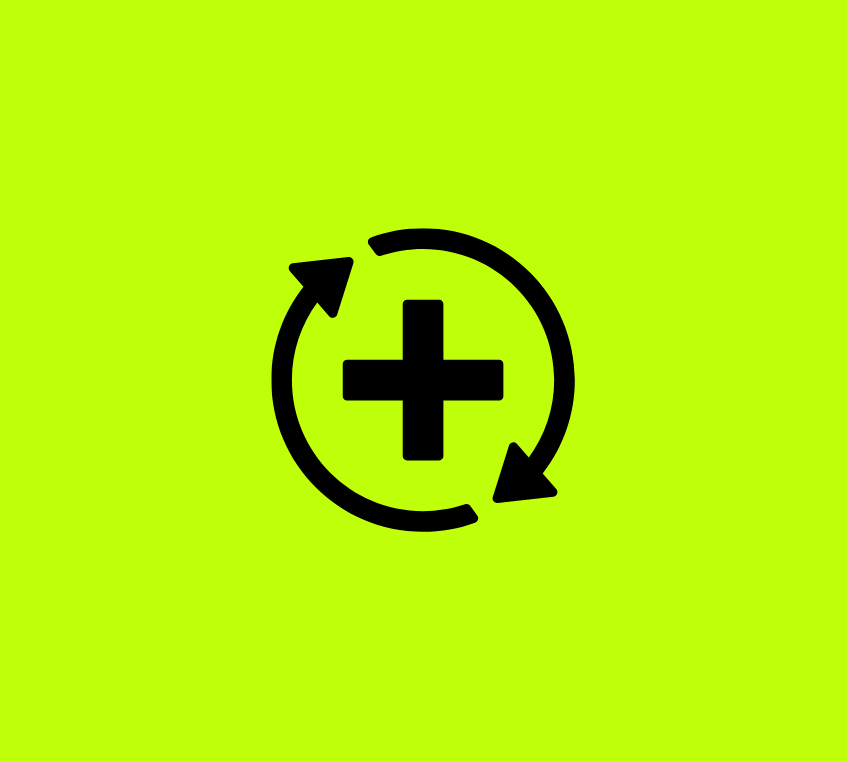What’s the best way to create a minimum viable product? MVPs can be tricky, since most teams end up launching more than what they actually need. It feels scary to launch something that doesn't look finished.
So here's the essential tips to increase your chances of success while avoiding waste. The principles are simple: make sure you know what an MVP is and what it’s for. Then, find the right people to help you build it. Last, get ready to test and iterate!
Let's have a look at how you do it.

What is a Minimum Viable Product (MVP)?
A minimum viable product, or MVP for short, is a key concept in modern product development and design. At its core, an MVP is nothing more than the smallest possible version of your product that can still serve its intended purpose.
But why do so many successful businesses rely on this principle? The answer lies in the power of iteration. By releasing an MVP to your customers early on in product development, you gain valuable insights into their needs, preferences, and pain points. You maximize learning while limiting waste.
This iterative process often leads to bigger and better things, paving the way for truly successful products. So if you’re looking to start a new business venture or launch an innovative new product, launching an MVP is your first step to transform your idea into a tangible product!
How to create a minimum viable product
Step 1: Start with Market Research
Your first step is to start with market research. This will help you determine whether there’s a need for your product and what features it should have. This step gives you a good understanding of who your users are and what problem you're solving for them. You also want to understand how big is the pain you're solving and what are the people who feel it the most. Your ideal user is what is called a persona. Here's a complete guide to mapping your persona.
Step 2: Validate the problem you're solving
After you have done your market research and have identified a need for your solution, it’s time to start thinking about how you can add value. How will your product benefit your users?
For this step you want to map how the current situation is, the current pain of your users and how your solution will relieve their pain.
Step 3: Map out the User Journey
Now that you know what your product will do and how it will add value, it’s time to start thinking about how your users will interact with it.
How does the customer journey look? You find here a step-by-step guide to mapping out your customer journey. Once you do, it will be clear to you what users do with your product at every stage.
Step 4: Create a feature road-map
The MVP is your product with only the most important features, nothing else. In order to find out what those are, you need to know what is the minimum set of features that allow you to:
- Solve users’ problems
- Test
Step 5: The launch phase
An MVP is a process, not a product. It won’t be perfect when you launch it and that’s okay because your users’ feedback will help you tweak it. That’s exactly what your MVP is meant for.
You can adopt different strategies when launching your MVP. You can distribute it only to a limited audience or you can release it as if it’s a “normal” product. Whatever you do, make sure you have a system for learning from your users’ feedback.
Step 6: Build, Measure, Learn
The cycle of building, measuring and learning is at the heart of what MVPs are for. Make sure you keep measuring the adoption of each feature. Unfortunately, there’s no secret recipe for deciding when to introduce new things and when to improve the existing ones. Only constantly measuring and learning will give you a sense of what you need to achieve success. In this phase, make sure you use different testing methods to test and receive users’ feedback. This way you'll avoid blind spots.
Things to avoid when creating a minimum viable product
When it comes to creating a minimum viable product, there are a few common pitfalls to avoid.
One of the most common mistakes is focusing on the wrong problem. This can happen if you fail to properly understand the needs of your target market, or if you allow your own biases to skew your perceptions.
Another mistake is skipping the prototype phase. A prototype can help to validate your assumptions and ensure that your product will meet the needs of your target market.
Finally, make sure that you have a clear understanding of your target persona.
This will help you to focus on the features that are most important to them, and avoid including features that will add unnecessary complexity to your product.
.svg)

.png)

.png)



